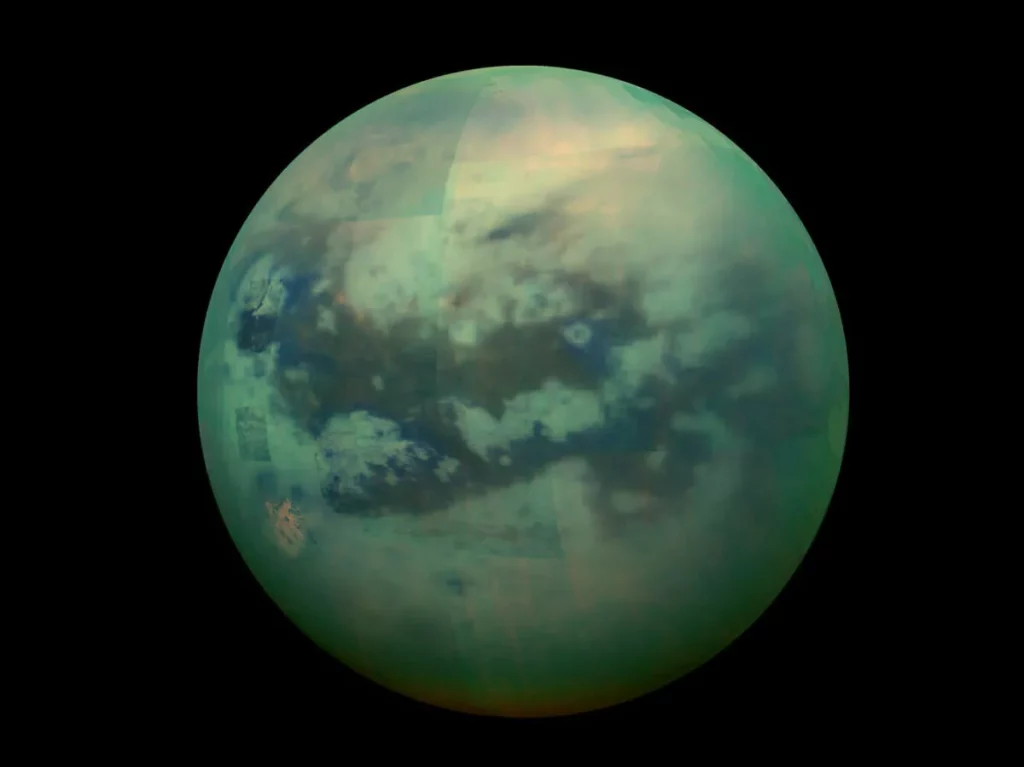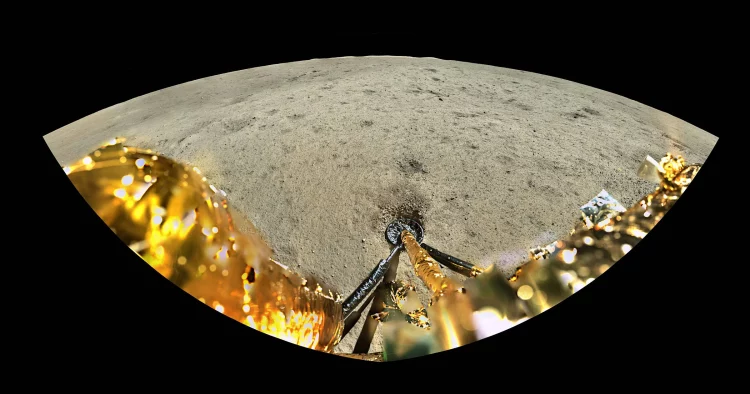1. Introduction
The intersection of space exploration and popular culture often produces fascinating innovations and inspiring collaborations. One such convergence is highlighted in the article “Making History: Waves and LEGO” from The Planetary Society. This article explores how LEGO, a renowned toy company known for its creative and educational building blocks, has contributed to the advancement of space exploration through its partnership with the Waves mission. This expanded version delves into the historical context, technological innovations, educational impact, and future potential of this unique collaboration.
2. Historical Context
2.1 The Legacy of LEGO
LEGO, founded in Denmark in 1932 by Ole Kirk Christiansen, has evolved from a small wooden toy company into a global leader in creative construction toys. Key milestones in LEGO’s history include:
- The Introduction of Plastic Bricks (1958): The iconic interlocking plastic bricks that define LEGO today were patented, revolutionizing the toy industry.
- Expansion into Space Themes (1999): LEGO began producing space-themed sets, inspiring a generation of children with the wonders of space exploration.
2.2 The WAVES Mission
The WAVES (Waves and Variations in Electromagnetic Spectrum) mission represents a significant advancement in space science:
- Mission Overview: WAVES aims to study electromagnetic waves in space, providing insights into the behavior of solar and cosmic radiation.
- Scientific Objectives: The mission’s primary goals include understanding solar wind interactions, cosmic ray variations, and their effects on space weather.
3. The LEGO-WAVES Partnership
3.1 The Concept of Collaboration
The partnership between LEGO and the WAVES mission combines LEGO’s innovative educational tools with cutting-edge space research. This collaboration includes:
- Educational Kits: Development of LEGO kits that represent the WAVES spacecraft and its instruments, providing an engaging way for students to learn about space science.
- Interactive Learning: Integration of interactive elements that simulate the WAVES mission, allowing users to explore space phenomena through hands-on activities.
3.2 Technological Innovations
The collaboration involves several technological advancements:
- Building Blocks: LEGO bricks are used to create accurate models of the WAVES spacecraft, highlighting the mission’s components and scientific instruments.
- Educational Software: Accompanying software provides simulations and interactive lessons about electromagnetic waves and space weather.
4. Educational Impact
4.1 Inspiring Future Scientists
The LEGO-WAVES partnership has a profound impact on STEM education:
- Engaging Curriculum: LEGO kits and educational materials make complex scientific concepts accessible and engaging for students of all ages.
- Hands-On Learning: Building models of the WAVES spacecraft encourages active learning and problem-solving skills.
4.2 Enhancing Space Awareness
The collaboration raises awareness about space exploration:
- Public Outreach: LEGO’s global reach and popularity help disseminate information about space missions to a broader audience.
- Educational Workshops: Schools and educational institutions can use LEGO kits to conduct workshops and demonstrations about space science.
5. Technological Details of the LEGO-WAVES Kits
5.1 Kit Design and Features
The LEGO-WAVES kits are designed with attention to detail:
- Accurate Models: The kits include detailed models of the WAVES spacecraft, including key components such as antennas and scientific instruments.
- Interactive Components: Some kits feature interactive elements that simulate the operation of the spacecraft’s instruments.
5.2 Educational Integration
The kits are integrated into educational programs:
- Curriculum Alignment: The LEGO-WAVES kits align with educational standards and curricula related to space science and physics.
- Teacher Resources: Comprehensive guides and lesson plans are provided to educators to facilitate classroom use.
6. Broader Implications and Future Potential
6.1 Promoting STEM Education
The LEGO-WAVES collaboration highlights the potential of combining popular culture with STEM education:
- Innovative Learning Tools: LEGO’s approach to creating educational kits can be applied to other scientific fields, promoting broader STEM engagement.
- Future Collaborations: The success of the LEGO-WAVES partnership may inspire similar collaborations between educational toy companies and space missions.
6.2 Advancing Public Engagement
Public engagement in space science benefits from such partnerships:
- Interactive Exhibits: LEGO models and educational tools can be used in museums and science centers to create interactive exhibits about space exploration.
- Community Outreach: Programs that use LEGO kits can reach diverse communities and encourage interest in science and technology.
6.3 Inspiring the Next Generation
The collaboration plays a role in inspiring future space scientists and engineers:
- Career Pathways: By engaging students with space science through LEGO kits, the collaboration helps spark interest in careers related to space and engineering.
- Long-Term Impact: Early exposure to space science concepts can lead to increased participation in STEM fields and contribute to the development of future technologies.
7. Case Studies and Success Stories
7.1 Classroom Implementation
Several schools and educational institutions have successfully implemented LEGO-WAVES kits:
- Student Projects: Students have used the kits to create their own space missions and conduct experiments related to electromagnetic waves.
- Educational Outcomes: Schools report improved understanding of space science concepts and increased enthusiasm for STEM subjects among students.
7.2 Public Exhibits
Public exhibits featuring LEGO-WAVES models have proven successful:
- Science Museums: Museums have used LEGO models to create interactive exhibits that engage visitors in space exploration topics.
- Community Events: Local events and fairs have featured LEGO-WAVES kits as part of hands-on science activities for families and children.

8. Challenges and Considerations
8.1 Maintaining Accuracy
Ensuring the accuracy of LEGO models is crucial:
- Technical Specifications: Collaborators must work closely to ensure that LEGO models accurately represent the WAVES spacecraft and its components.
- Educational Value: The kits must balance accuracy with educational value, ensuring that they effectively communicate scientific concepts.
8.2 Scaling and Accessibility
Scaling the project to reach a broader audience involves:
- Production Costs: Managing the costs of producing LEGO kits and educational materials while maintaining affordability for schools and institutions.
- Global Distribution: Ensuring that LEGO-WAVES kits are accessible to educational institutions and communities around the world.
9. Looking Ahead
9.1 Future Collaborations
The success of the LEGO-WAVES partnership may pave the way for future collaborations:
- Expanding Themes: Exploring partnerships with other space missions and scientific endeavors to create educational kits on diverse topics.
- Innovative Approaches: Developing new approaches to integrate educational toys with scientific research and public outreach.
9.2 Ongoing Research and Development
Ongoing research and development will focus on:
- Enhancing Kits: Continuously improving LEGO kits based on feedback from educators and users to enhance their educational impact.
- Exploring New Technologies: Leveraging emerging technologies to create interactive and engaging educational tools for space science.
10. Conclusion
The collaboration between LEGO and the WAVES mission represents a unique and innovative approach to space education and public engagement. By combining the creative power of LEGO with cutting-edge space science, the partnership has produced educational tools that inspire and inform. The success of the LEGO-WAVES kits highlights the potential for similar initiatives to advance STEM education and engage the public in the wonders of space exploration. As we look to the future, this collaboration serves as a model for how popular culture and scientific research can come together to promote learning and inspire the next generation of space scientists and engineers.


















































Discussion about this post